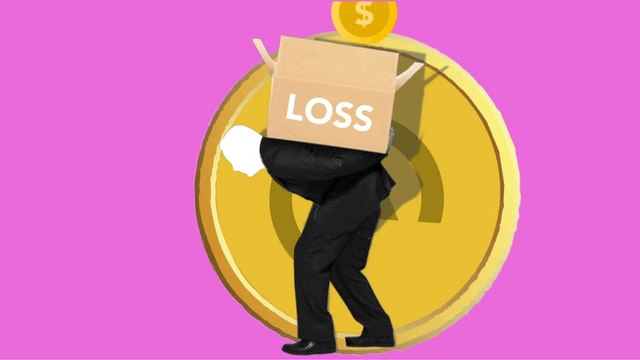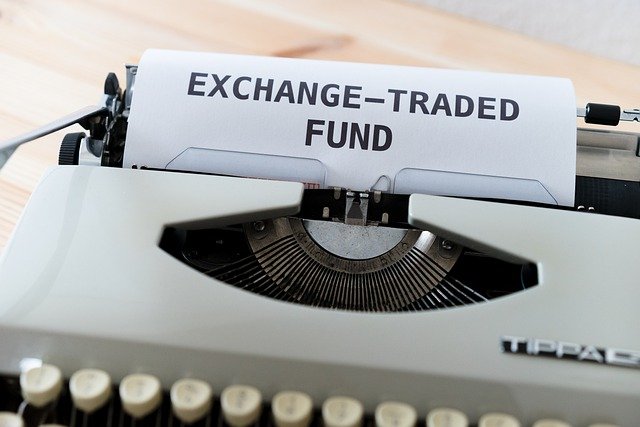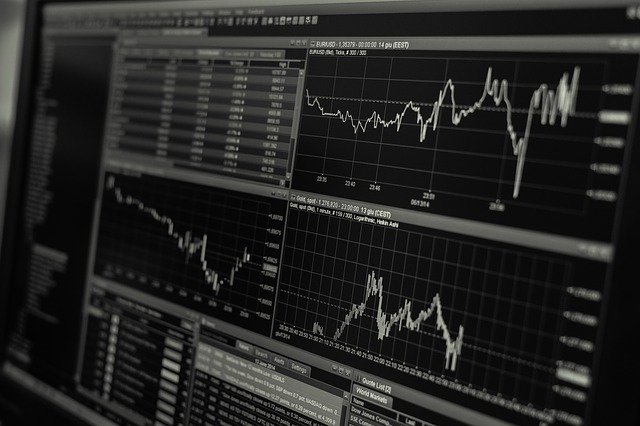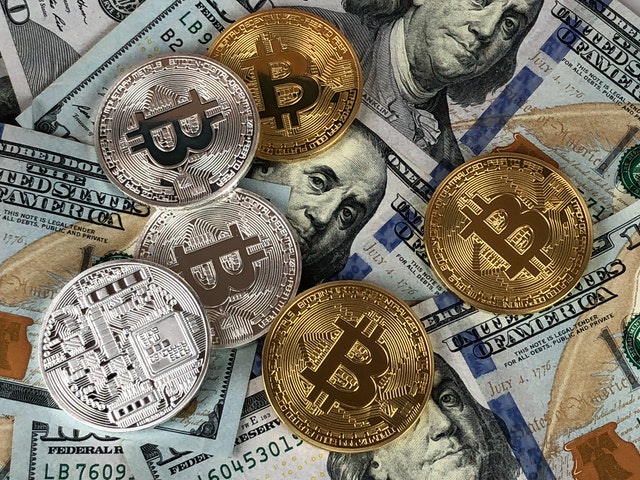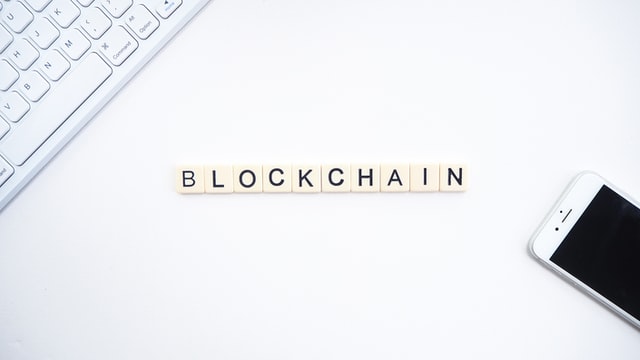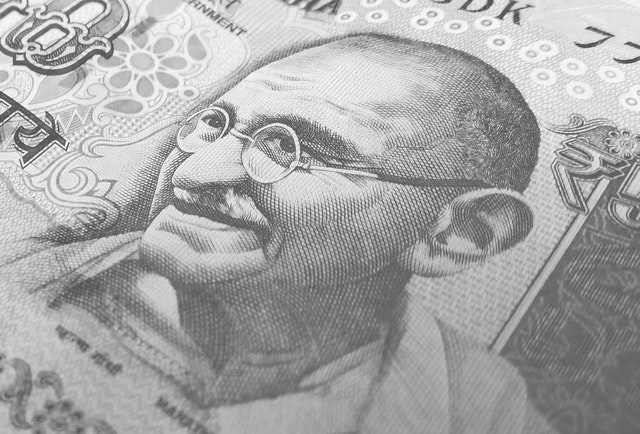
Invest for Monthly Income
Invest for monthly income should be phrased as effective ways of generating monthly income from a certain amount of capital with minimum risk.
This is so because if a person is looking for a monthly income, most probably he is looking at it for an indefinite time and don’t want any erosion in his capital.
Investment by virtue of its nature will come with risk for the invested capital and the ones looking for monthly return don’t want to risk their invested corpus.
They would prefer low returns but the safety of principal is of paramount importance to them.
Investment for monthly income is usually associated with pension. However, with changing time, an individual can look to invest in a plan for monthly income at any time and can choose to pursue other interests in life once he has saved enough.
In corporate jobs, almost majority of them don’t have any clause for pension after retirement from a company. They usually leave it on an individual to plan for it.
In government jobs too, in most of the cases, employees are getting their PF and gratuity at the time of retirement and there is no provision of pension any more. NPS ( New pension Scheme) announced by the government of India in Dec’03, took over the traditional pension system which was followed for many years.
In this article, we would be suggesting few easy to understand ways for generating monthly income. Some of the prominent ones are:
- National pension Scheme (NPS) – This scheme was announced by the government of India in Dec’03. Under this scheme, an individual can choose to invest systematically for a number of years and then on retirement, 60% of the maturity amount can be withdrawn and remaining 40% has to be invested with a life insurance company for an annuity plan. Annuity means that the interest on capital is paid on a monthly, quarterly, half yearly or on a yearly basis. The return that will be given by an insurer depends on the product and macro conditions at the time of investment. From 29’th Aug’21, the pension fund has revised the guidelines on entry and exit following an increase in the maximum age for joining the NPS from 65 years to 70 years of age. The entry age for NPS has been revised to 18-70 years from 18-65 years. In a set of new rules, PFRDA has also permitted to allocate up to 50% of the funds in equity, besides easing the exit norms.

- Pradhan Mantri Vaya Vandana Yojna – This scheme was announced by central government for senior citizens, above 60 years of age. This came into existence in 2017 and will be available till Mar’23. Under this scheme, an individual can invest a maximum of 15 lacs and minimum amount of approximately 1.5 lacs depending upon the mode of return (monthly, quarterly, half yearly or yearly). Currently, when the interest rates are low and hovering around 5% for most of the investment products, this scheme is still assuring a return of approximately 7.4%. The tenure in this scheme is 10 years. It is one of the great products available for individuals looking for a high monthly return and safety of the invested capital.
- Saving Schemes of Bank– Many banks offer products where in you can either choose to invest for a certain period or invest a lump sum for a monthly income. Depending upon the requirement, returns can be immediate or after a certain duration. The frequency of returns can also be chosen out of monthly, quarterly, half yearly or annual options. The interest rates for this product is around 5.2% currently and can vary on a bank to bank basis.
- Guaranteed plans by insurers – There are many life insurance companies like LIC, Bajaj Allianz, etc. which are giving guaranteed plans with fix details of the invested amount, tenure, mode of payment and life cycle of returns. Without going in nitty grit-ties of financial parlance and compound return cycle, these are one of the best options to invest for a fix monthly income for life. Even on death, the lumpsum amount is paid to the nominee. These are usually open for individuals above the age of 35 and they can start getting the benefit after 10 years. For example, if an individual who is 40 years of age invest approximately 5 lacs/ annum in this scheme for 10 years, then after 10 years, that person will start receiving an annual amount of approximately 4 lacs till he is alive. He also has the option of roping his wife in this plan. This means, after him, his wife will continue to receive the above stated amount. She will receive it till she is alive and after her, the nominee will receive a lump sum amount which will be approximately 51 lacs. Here is the sample illustration in a tabular format,
| Age | 40 |
| Invested Amount / Per Annum | 5 lac approx. |
| Tenure of Investment | 10 Years |
| Return on Maturity ( After 10 Years) | 4 lacs/Annum approx. |
| Validity of above | For Life |
| On Death | Nominee will receive approx. 51.6 lacs |

An example of this plan is Guaranteed Pension Goal by Bajaj Allianz life.
Hence, on the basis of one’s requirement and objective, a scheme can be opted for a monthly income through investment.








